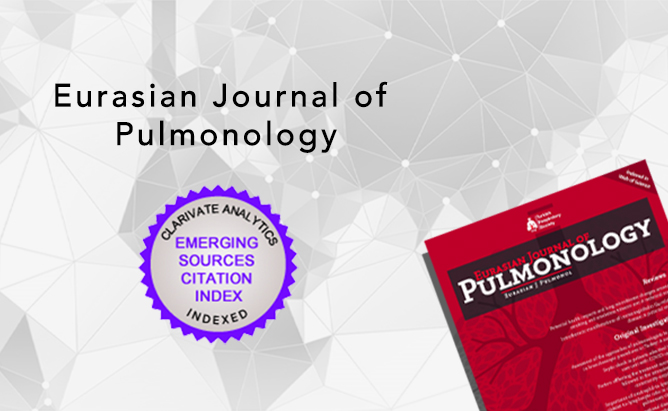2Department of Pulmonary Diseases, University of Gazi School of Medicine, Ankara, Turkey
3Department of Pulmonary Diseases, University of Kahramanmaras Sutcu Imam School of Medicine, Kahramanmaras, Turkey
4Department of Pulmonary Diseases, University of Adnan Menderes School of Medicine, Aydin, Turkey
5Department of Pulmonary Diseases, University of Bursa Uludag School of Medicine, Bursa, Ankara, Turkey
Abstract
There is continued lack of knowledge of the physiopathology and recovery processes of the new coronavirus pneumonia. The complications are similar to those experienced with severe acute respiratory syndrome and Middle East respiratory syndrome, since the new coronavirus is part of the same family. The new coronavirus infects both the epithelial cells of the airway and also alveolar epithelial cells (Type I and Type II pneumocyte). The Type I and Type II pneumocytes infected with the human coronavirus (hCoV) play a critical role in mediating the lung pathology and host sensitivity. Both human and animal studies have demonstrated that an inflammatory process starts in the lungs following hCoV infection and that an accumulation of monocyte–macrophage and neutrophils occurs. One of the earliest outcomes of rapid virus replication and increased proinflammatory cytokine/chemokine response is apoptosis of the epithelial and endothelial cells of the lung. The main effect of the new coronavirus on the body is an imbalance in the ratio of the cytokines produced by the body in response to the abnormal immune reaction, resulting from the invasion of the virus. This manuscript details the pathophysiology of the new coronavirus associated with fibrosis and makes recommendations for cases with interstitial lung disease.




 Pinar Yildiz Gulhan1
Pinar Yildiz Gulhan1 




